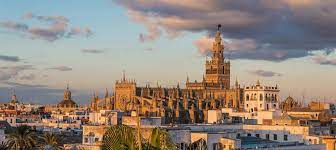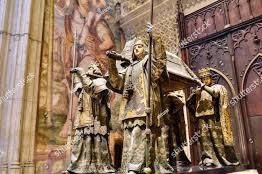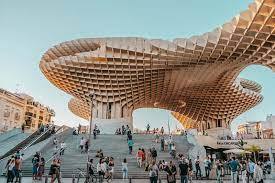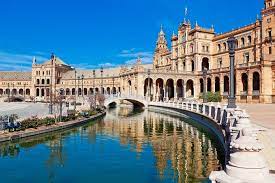by Bob Sparrow
As a kid, I remember celebrating Columbus Day because, we were told that Christopher Columbus, not his real name, came from Italy and discovered America. We later learned that:
- Although he was Italian, he came from Spain at the behest of, and funding from, Spain’s King Ferdinand and Queen Isabella,
- He didn’t even land in the U.S., on that first voyage, he only got as far as Guanahani, an island in the Bahamas between Haiti and Dominican Republic. Incidentally, he did make a subsequent voyage to the New World but still didn’t get to the U.S. as he ended up further south, in Central and South America.
- He didn’t discover anything, except the millions of people who already lived in what was then called the ‘New World’ when he got there. He did make four trips to the ‘New World’ over the next 10 years, trying to find a route from Europe to Asia. When he landed in the New World, he thought he was in India, and thus called the natives ‘Indians’ – an inaccurate name that stuck.
For Californians, Columbus Day has come and gone . . . forever! As California and Delaware are the only two states in the nation that have dispensed with the Columbus Day holiday entirely. So, if you were confused about what to celebrate on the 2nd Monday of this month, perhaps the following will help.
The first celebration of Columbus Day came in 1792, a mere 300 years after the original voyage by Christopher and his gang. But the day wasn’t made a legal holiday until 100 years after that, in 1892.
The history of why we even have a Columbus Day or why it was eliminated, is interesting when juxtaposed with its replacement in some states, Indigenous Peoples Day. The push to honor Columbus came from a president, Benjaman Harrison, who was trying to help build the esteem of a minority people here in the U.S. Yes, at the time, Italians were very much discriminated against here. Monikers like Dago and Wop were used similarly to the ‘n’ word today. So, establishing a ‘day’ to honor Columbus was as much a day to honor the minority Italians. But today, some people, like those in charge of holidays in California and Delaware, look to Columbus as the person to blame for opening the doors for colonizers whose arrival led to the forceful taking of land and set the stage for widespread death and loss of the Indigenous ways of life. Perhaps that’s a bit of a heavy burden to put on one man’s shoulders since Indigenous tribes spent a lot of time killing each other and taking each other’s land. Tribes like the Comanche and Apache were among the most violent and dreaded tribes in Native America. So, maybe neither Columbus nor the Indigenous Peoples deserve a holiday, or maybe they both do!
Indigenous Peoples Day. The push to honor Columbus came from a president, Benjaman Harrison, who was trying to help build the esteem of a minority people here in the U.S. Yes, at the time, Italians were very much discriminated against here. Monikers like Dago and Wop were used similarly to the ‘n’ word today. So, establishing a ‘day’ to honor Columbus was as much a day to honor the minority Italians. But today, some people, like those in charge of holidays in California and Delaware, look to Columbus as the person to blame for opening the doors for colonizers whose arrival led to the forceful taking of land and set the stage for widespread death and loss of the Indigenous ways of life. Perhaps that’s a bit of a heavy burden to put on one man’s shoulders since Indigenous tribes spent a lot of time killing each other and taking each other’s land. Tribes like the Comanche and Apache were among the most violent and dreaded tribes in Native America. So, maybe neither Columbus nor the Indigenous Peoples deserve a holiday, or maybe they both do!
The U.S. is still confused over the holiday, aside from California and Delaware ignoring Columbus, Maine, New Mexico, Vermont and the District of Columbia still view the 2nd Monday in October an official holiday, but have renamed it Indigenous Peoples’ Day. Sixteen other states still celebrate the 2nd Monday in October as Columbus Day. So, on yet another subject, we are a nation divided. However, my fellow Californians may have found that, no matter what it is called,  our government will still take the opportunity for a day off, as banks, post offices and all other government agencies are CLOSED.
our government will still take the opportunity for a day off, as banks, post offices and all other government agencies are CLOSED.
Yes, I know that the holiday, whatever you called it, has passed this year, but now you will hopefully be prepared next year when the second Monday of October rolls around and you’ll have the appropriate decoration adorning your home. Clearly Columbus wasn’t perfect, but neither were the indigenous people. If foreigners or native Americans didn’t fight for land, then we’d all still be living, on top of each other, in the ‘Fertile Crescent’, and things aren’t looking so good over there right now.
Columbus’ real name? Cristoforo Columbo – I think he had a television series in the ‘70s.




